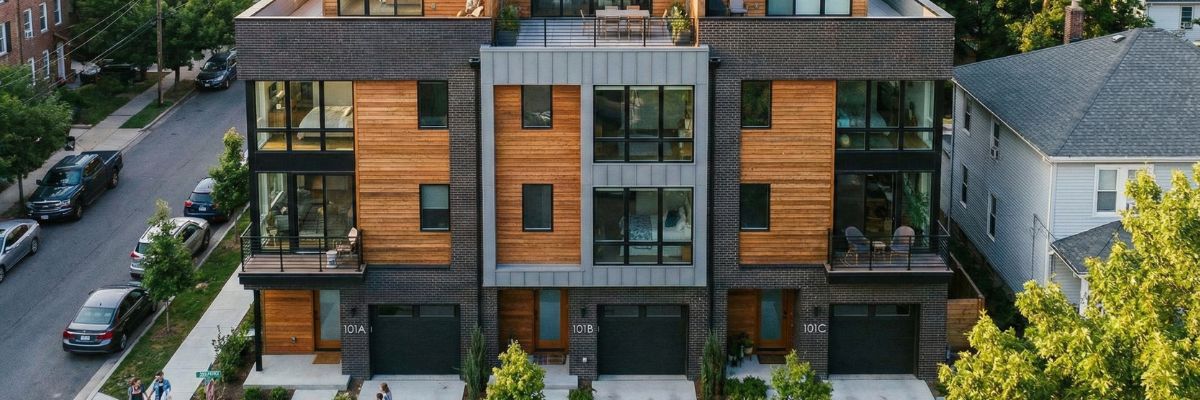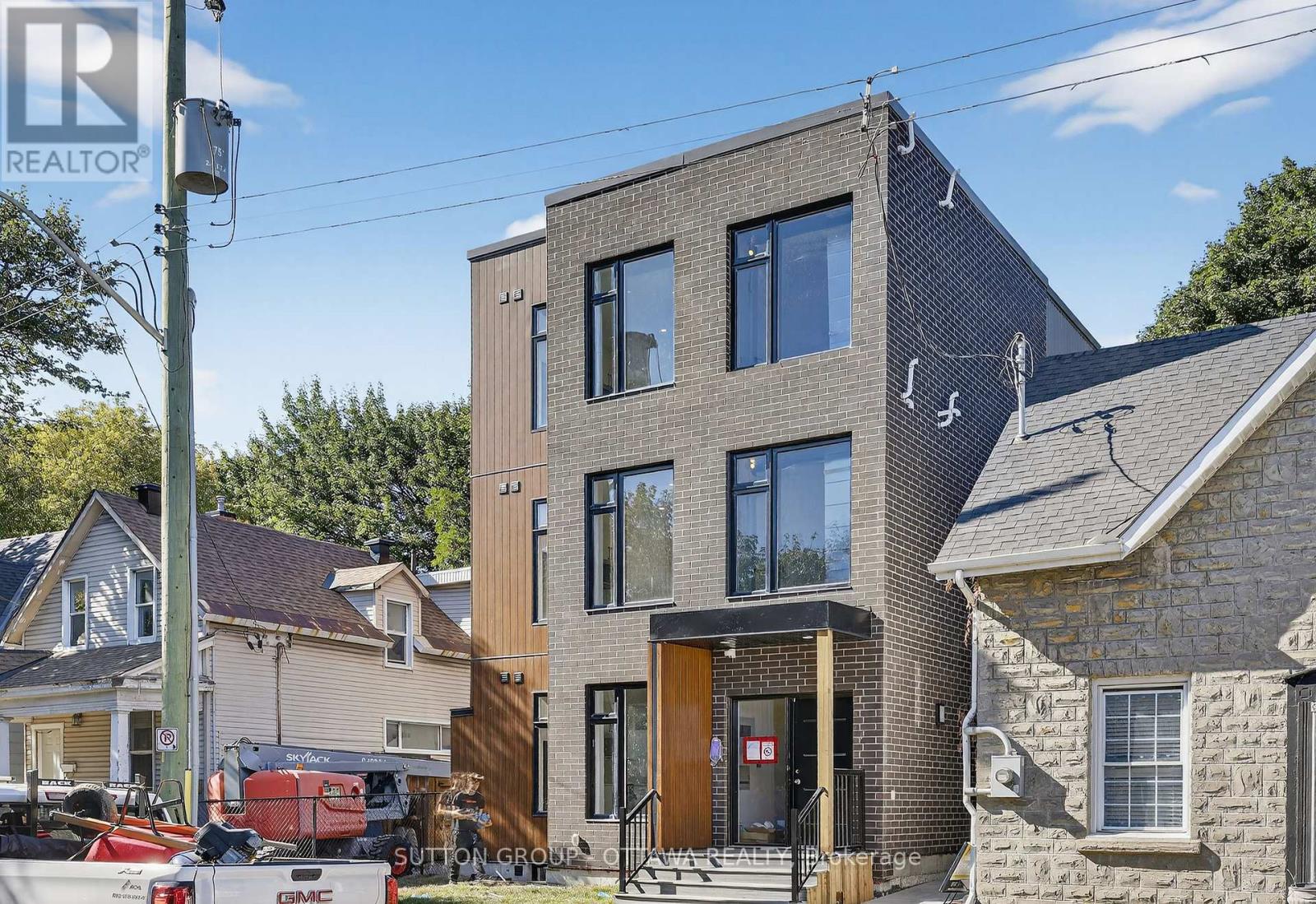Flooring light & Concrete Designs
When we think of concrete, we think of the widely used man-made construction material used to fabricate architectural structures. Concrete has a big presence on our City sidewalks, over passes, buildings, home flooring, etc. A rough material that's not so pleasing to the eye, until Hungarian architect Aron Losonczi invented LiTraCon in 2001, he gave us a whole new view, for much more than just a flooring light. The concrete has had a number of projects in development that may revolutionize the way we live.
Illuminate your Home Flooring
LiTraCon, short for light transmitting concrete, is a new type of concrete. The concrete is designed to allow light to pass through, giving the concrete a translucent effect while displaying the silhouette of objects nearby.How it works: Thousands of optical fibers are placed inside a concrete designed to take in light through translucent concrete panels. The Optical fibers transmit light so effectively that there is virtually no loss of light through the fibers and concrete layers. The panels can can be made of different shapes and sizes, finished in a semi-gloss or high-gloss finish. The finished product can have the strength of construction grade concrete; however, structural applications for this product have not yet been produced.
The Possibilities! Coming to Ottawa?
The concrete and fibers are used by companies for its distinct design and architectural appeal. One of the first demonstrations was used in Stockholm, Sweden to light up sidewalks at night. People are also thinking about lighting up dark Subway stations and lighting fire escapes in the case of power failures. Other developments include, lighting up speed bumps at night and marking roadways, making it easier for drivers to follow the road with ease. Can you think of other ways you'd want to see concrete light up in our city? What does this mean for Ottawa and Canada? The ability to light up floors and other objects can provide higher standards of safety and also means new & exciting architectural designs. The optical fibers can also be designed uniformly throughout the surface to allow an outline to be clearly visible on the other side. The tiles have the unique combination of being nearly unbreakable and translucent. The pattern of fibers inside the concrete can be uniform, or can be designed to a specification such as artificial wood grain adding style and customization to your home improvement projects.
Current Uses & Energy Saving Design
So far, the blocks have been used in many buildings, for everything from desks to interior and exterior and lamps, even an outdoor memorial. The material transmits light up to 20 meters, so the concrete can be very thick while still being able to transmit light. For home improvement, the possible uses for LiTraCon are nearly endless. Being able to transmit light in a very unique and fascinating way, these blocks may even be used in the construction of energy-smart homes. From a flooring light to light transmitting walls, reducing electricity costs by allowing more light to penetrate the structure is beneficial to the emerging renewable energy project. What about Solar Panels inside the concrete? This could be more aesthetically pleasing as opposed to exposed solar panels on the roof. There is multitude of uses for this. This concrete design can light up our world in a unique, fun and distinguishable way, leaving us with the impression of a world becoming increasingly suitable to our needs both day and night. What is the cost of this innovative product? What is the cost of a renovation in Ottawa with this kind of technology? The cost analysis brings a slab of about 25mm thickness to about $1000/m2. Would you ever pay that much to illuminate your home?

.svg)






.jpg)
.jpg)


